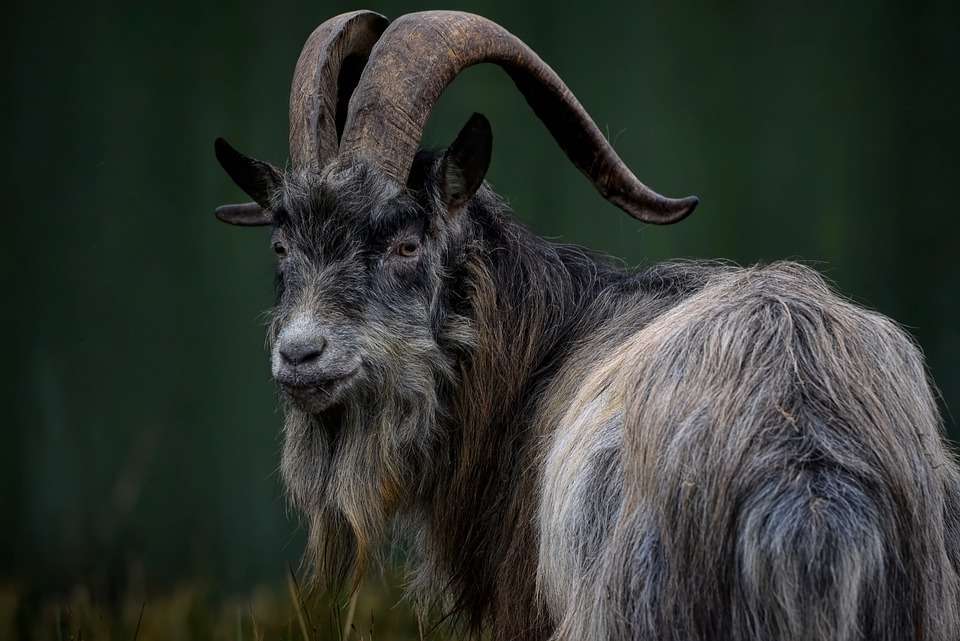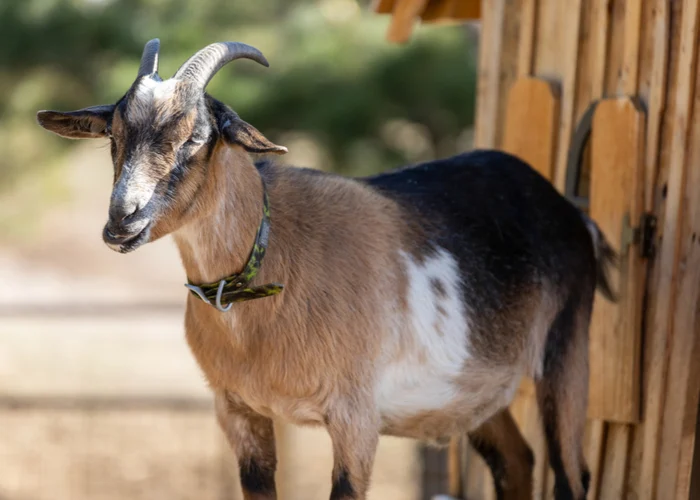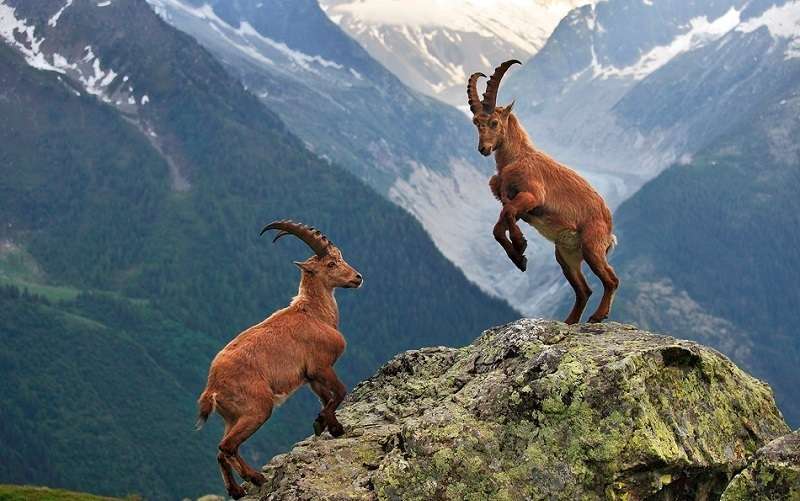
Description:
The undercoat is a thick cashmere that is lengthy, greasy, and coarse. The body is small and deep, with a large rumen to digest subpar forage, and the face is disheveled. Strong and short legs. A lengthy muzzle warms the air before it enters the lungs, while clearly pointed ears are small to withstand frostbite. Both sexes typically sport beards and horns, although wattles are absent. Bucks have remarkable outward-curving horns, long beards, and conspicuous tufts on the cheeks and forehead. They have slowly evolved these features in harmony with the local environment. They become resilient, hardy, and low-maintenance as a result.

Behavior:
They are praised for being extraordinarily bright, charming, and kind. They easily acclimatize to household environments. Irish goats are extremely hardy and powerful. They can get by on scant to meagre forages. They are a remarkably adaptable kind of animal and can be found on the Island in many wild and inhospitable locations. They can navigate crags and sheer cliffs with ease.
Benefits/Uses:
It is a breed with many uses. Nonetheless, the breed is primarily bred to provide milk and meat.
Landrace goats were raised by rural families before the twentieth century for their milk, meat, fats, skin, horn, and fiber. They now exist in feral herds and could be utilized for tourism and conservation grazing. Their distinct genetic make-up represents a resource for food security. Due to their economical utilization of a variety of forages, they have enormous potential as garden goats, producing healthy milk with a high fat content.
Origin/History:
Neolithic settlers introduced goats for cold climates to Ireland some 5,000 years ago. Over the long nomad trek, these lines of goats had gradually adapted to the cold, dry environment of northern Europe. Over thousands of years, as people established homesteads in Ireland, this hardy and thrifty breed gradually adapted to the country’s landscape and damp climate and developed resistance to indigenous diseases. Because of this, Old Irish goats are perfect for households with little land who live in difficult situations.
Up until around 1900, the Old Irish goat was the only breed, and it gave poor homes numerous things. They totaled a quarter of a million in the nineteenth century, and many were exported to England.
Table





